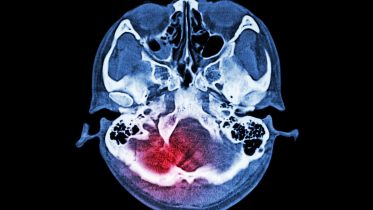Recent research highlights the potential benefits of low-level light therapy in enhancing brain connectivity after moderate traumatic brain injuries, though its long-term effects and clinical implications remain to be fully understood. According to a study published in Radiology , a journal of the Radiological Society of North America (RSNA) , low-level light therapy seems to influence healing in the brains of individuals who have experienced significant brain injuries. Lights of different wavelengths have been studied for years for their wound-healing properties.
Researchers at Massachusetts General Hospital (MGH) conducted low-level light therapy on 38 patients who had suffered moderate traumatic brain injury, an injury to the head serious enough to alter cognition and/or be visible on a brain scan. Patients received light therapy within 72 hours of their injuries through a helmet that emits near-infrared light. “The skull is quite transparent to near-infrared light,” said study co-lead author Rajiv Gupta, M.

D., Ph.D.
, from the Department of Radiology at MGH. “Once you put the helmet on, your whole brain is bathing in this light.” Measuring Brain Connectivity Changes The researchers used an imaging technique called functional MRI to gauge the effects of the light therapy.
They focused on the brain’s resting-state functional connectivity, the communication between brain regions that occurs when a person is at rest and not engaged in a specific task. The researchers.























